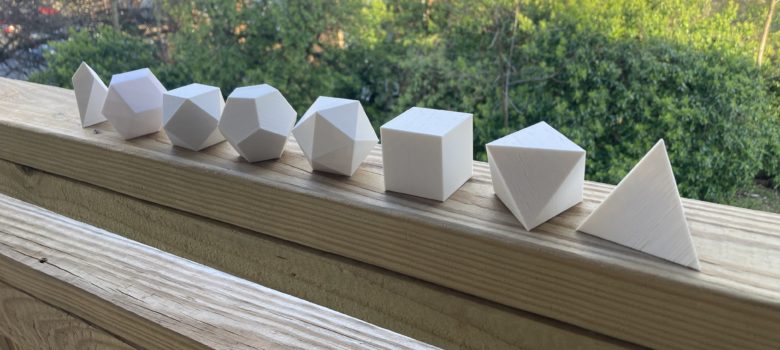Cosmic Harmony of Music and Solarendocrinology

“The article discusses the concept of harmony in nature and how it has been studied throughout history. It focuses on Johannes Kepler‘s work on the “Harmony of the World,” which sought to find musical correlations between planets in our solar system. The article then explores how this idea can be applied to endocrinology, specifically by examining numerical ratios between molecular masses of hormones secreted by different glands and hormone receptors. The author suggests that this research methodology could be applied to other fields of scientific knowledge.” (summarized with Perplexity A.I.) via: Fabio Borziani “Since ancient times models have studied to describe the “Harmony of the World”. In the most diverse historical periods, research into the regularity between parameters of natural phenomena has undoubtedly been a key feature of doing science.


